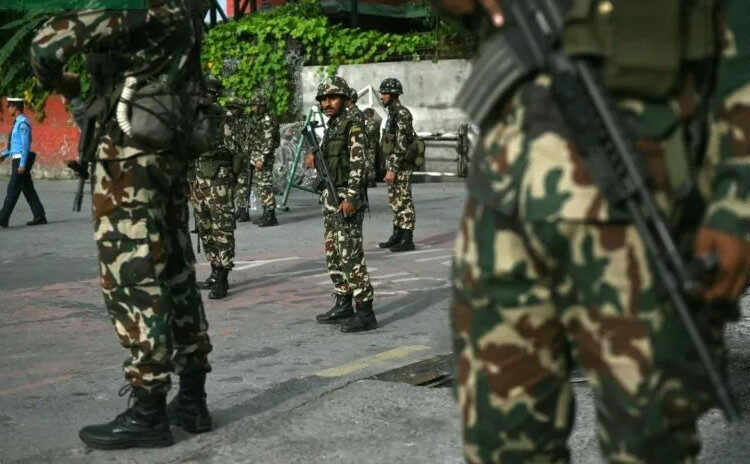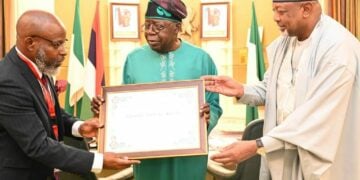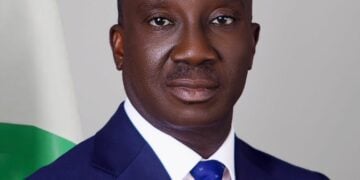Nepal’s president and Army, on Friday, sought to find a consensus interim leader to fill a political vacuum after deadly anti-corruption protests toppled the government and left parliament in flames.
At least 51 people were killed in the unrest, the worst violence since the end of the Maoist civil war and the abolition of the monarchy in 2008. The protests, triggered by a ban on social media, spiralled into nationwide chaos as demonstrators torched parliament, major government offices, and a Hilton Hotel in Kathmandu. Prime Minister KP Sharma Oli, 73, resigned on Tuesday amid the upheaval.
The military, led by General Ashok Raj Sigdel, has since reclaimed control of the streets under curfew. President Ramchandra Paudel is holding talks with key figures, including former chief justice Sushila Karki, representatives of the youth-led “Gen Z” protest movement, and legal experts.
Karki, 73, seen as a leading candidate for the interim post, said: “Experts need to come together to figure out the way forward. The parliament still stands.”
But divisions persist. “Our first demand is the dissolution of parliament,” protest leader Sudan Gurung told reporters on Thursday. Nimesh Shrestha, another activist, confirmed that a meeting was scheduled with the president, the army chief, Karki, and a legal expert to deliberate on the country’s next steps.
In a national address on Thursday, President Paudel assured that “a solution to the problem is being sought, as soon as possible.”
For residents of Kathmandu, life is slowly resuming after days under lockdown. “I was very afraid and stayed locked inside my home with family and didn’t leave,” said 45-year-old painter-decorator Naveen Kumar Das, who stocked up on essentials when the curfew was briefly lifted.
“It was a really tense time and we just stayed indoors. We came out as things have improved,” added 32-year-old Laxmi Thapa, as her husband refueled their motorbike.
The army announced Friday that it had recovered more than 100 guns looted during the uprising, while police said over 12,500 escaped prisoners “are still at large.”
At least 21 protesters were among the dead, mostly on Monday when police cracked down on demonstrators denouncing corruption and poor governance.
With over two-fifths of Nepal’s 30 million people aged between 16 and 40, economic frustrations also fueled the anger. According to the World Bank, one in five people aged 15–24 is unemployed, and GDP per capita stands at just $1,447.
Still, hope persists among many in the movement. “We started this movement so we could make a better Nepal. And I am positive that the army will listen,” said 24-year-old protester James Karki.





